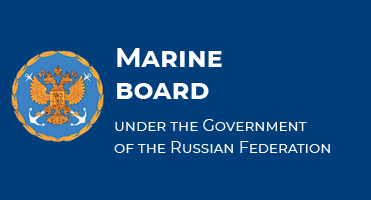North-Western Basin Branch Kaliningrad Directorate maintains coastal dumps of the Kaliningrad seaway canal in good working order
In order to carry out annual dredging operations on the Kaliningrad seaway canal and maintain coastal dumps (refueling stations) in good working order the North-Western Basin Branch Kaliningrad Directorate conducts repair works to recondition all elements of hydraulic facilities.
Specialized coastal dumps along the Kaliningrad seaway canal on PK 130, PK 214 and PK 339 are limited by reserved protection dikes and used for deploying grounds extracted while carrying out repair dredging operations. Dredging soil are placed on coastal dumps by means of refueling from a dredger hold through the coastal junction on the berth by the main stream dredge piping.
In order to receive bottom soil on coastal dumps the Kaliningrad Directorate with the aid of a contracting institution carried out repair works on the east of the PK 214 coastal dump on Dike No 6 of the Kaliningrad seaway canal in the third quarter of 2019.
During the repair works, a coastal dump with a drainage well and soil moving at the area of 50,000 m3 has been banked up. A 300-meter dredge piping line has been made and three water boxes designed for technological clarification of discharged water from a hydraulic fill map and a disposal area and the following emission to the water area of the Kaliningrad seaway canal have been installed in compliance with the previously issued permits. Such operations will allow for increasing the capacity of the coastal dump to receive 110,000 m3 of oil in rigid solid.
For reference:
Under GOST 55260.1.1-2013 dams are hydraulic facilities designed for protecting the area from flooding, as well as artificial water reservoirs and water courses aimed at deviating the flow of water, guarding and protecting gold slag dumps and storages of liquid wastes.
A coastal dump is a special hydraulic facility designed for accumulating (storing) fill ground during dredging operations at seaway canals and port water areas with the possibility of using it in the future as an artificial territory, borrow pits for construction purposes.
Only the personnel or their accompanying persons can visit dams, coastal dumps and other hydraulic facilities under the existing technical norms and rules. The independent visits are banned and can be dangerous for life.











